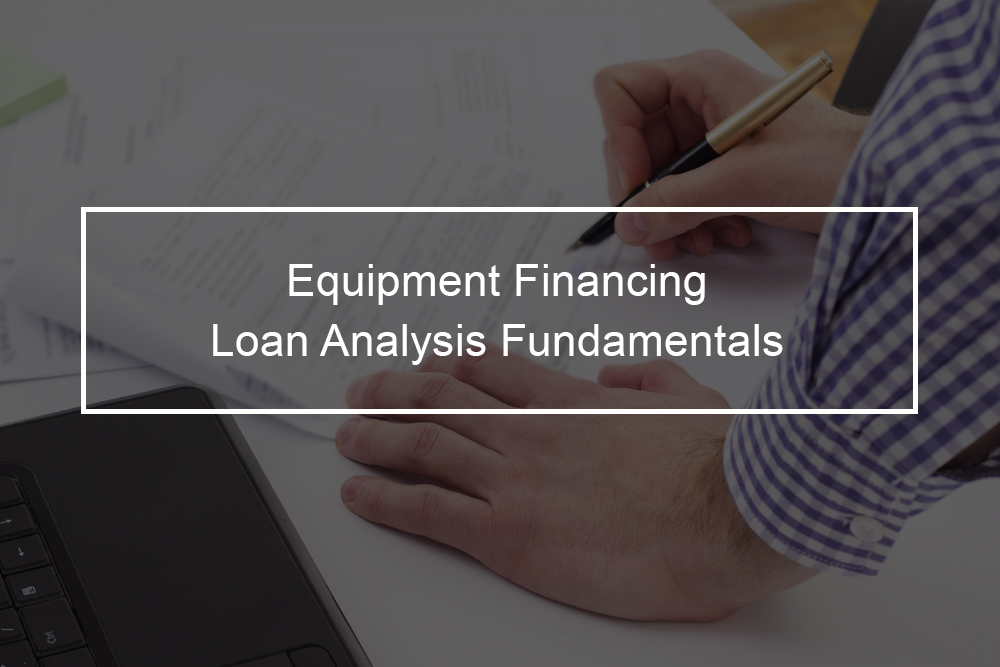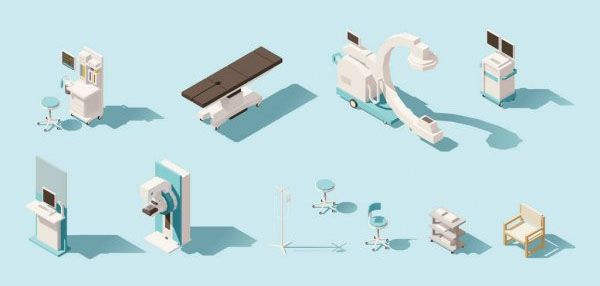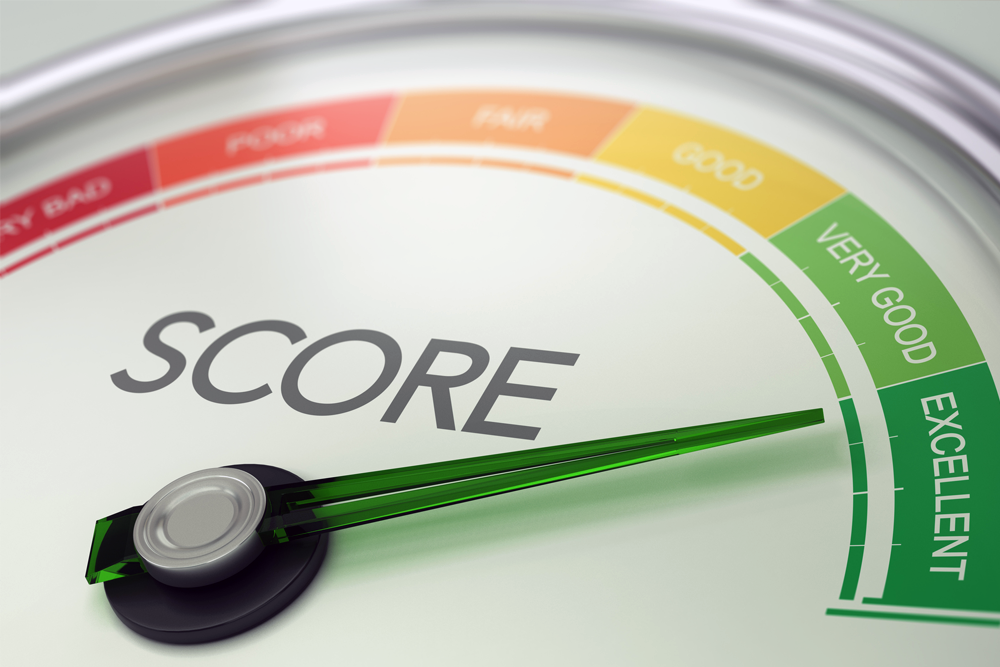Applying for an equipment financing loan can be intimidating to borrowers new to the process; however, the loan application process is relatively straightforward. Even though the specific steps can vary from lender to lender and business to business, most business and commercial financing will follow a similar process. Business owners will have a much simpler time navigating the equipment financing loan application process when they know how the lender verifies the equipment being purchased. We are here to help.
Why are equipment purchases verified?
Equipment analysis is carried out to make loans on appropriate terms to customers who can and will pay them back. What verification is needed and the most efficient approach to fulfill that need is mainly determined by the loan type and nature. Here are the main reasons why financing companies verify equipment purchases:
- To place good and appropriate equipment loans: can the loan generate income for repayment and will the customer repay
- Determine eligibility of the applicant — is the borrower eligible according to the program criteria and qualifications.
- Training skills and needs — to assess the equipment’s training needs and develop the customer’s financial management skills level. (This is mainly a basic principle of programs that integrate their credit and training methodologies.)
- Program Indicators: Equipment purchase verification may also be used to generate the indicators that will be used to evaluate the impact of the loan.
What verification is needed?
How does an equipment financing company determine what is required to analyze a piece of equipment adequately? And what type of information is critical? Some equipment requires a more thorough analysis than others. Larger, expensive, and equipment with a long lifespan require a more thorough analysis than inexpensive, small, and easily obsolete equipment. For small businesses and start-ups, loan analysis and follow-up visits provide most of the guarantee for the institution, and therefore the analysis is necessarily more extensive. Big companies and group loans transfer most of this responsibility to the clients and thus do not require detailed analysis.
What guides the equipment purchases verification process?
An equipment financing institution should clearly define the eligibility criteria and establish the framework for the equipment analysis. The aim of the analysis then is to assess the equipment by these criteria. The guidelines should clarify the following points:
Eligibility
- Types of loans Loan Analysis, i.e., equipment financing or leasing
Loan conditions
- Minimum and maximum loan amounts
- Amount of loan relative to the owner’s investment Repayment conditions and schedules
- Interest rates
- Fees and penalties
- Security for the equipment
Loan procedures
- Loan Application Procedures
- Loan Review and Approval Procedures
- Disbursement Procedures
- Supervision and Collection
- Delinquent Loan Procedures
What are the verification tools and sources of Information?
Loan Application
- Offers general information about client, equipment, and business
- Provides enough information for initial assessment
- Offers information that can be used to verify data gathered later.
Loan Analysis
- Shows the financial status of the business
- Requires analysis of inventory movement
- Shows financial impact of equipment loan
- Shows the status of business over time
- Generates significant ratios
Profit and Loss Statement
- Indicates the profitability of the business
- Shows financial impact of the equipment financing
- Requires client to assess financial details of marketing and production processes
Business Plan
- Requires the business owner to set concrete objectives
- Summarizes the project in terms of the factors that will determine the success
- Provides credit officer with indicators for monitoring
Loan Approval and Guarantee Forms
- Provide information that will help the institution recover the loan in the case of non-payment.
- Summarizes all factors relevant to loan approval decision
- Provides control of loan disbursements by the credit committee
Repayment Schedule
- summarizes principal and service charge repayment schedule
Loan Analysis: What else is analyzed when acquiring equipment financing?
The process of obtaining an equipment loan is more than equipment purchase verification. Other aspects that are analyses include:
Character: the personal integrity of the business owner(s)
- By analyzing your character, the business owner wants to know:
- How is the company managed?
- Are they trustworthy and honesty?
- What is the mental and physical health of the person(s) in the company?
- Have they repaid previous loans and bills on time?
- Does the business owner have problems ( frivolous spending, alcohol, etc.)?
- What is the creativity and innovation of the business in creating new business and growth opportunities?
Capacity: the ability of the business to repay the loan
- What does the business plan portray of the income profitability and generation of the business?
- Can the business generate enough money to make the loan payments with interest, plus a security margin?
- When can the loan be repaid?
- What are the business needs?
- What are the impacts of seasonal fluctuations and price variations and production?
- How does the company compare to others within the same activity or sector?
Capital: the money invested in the business
- What are the assets invested in the company? What is the business owner’s contribution to the business?
Collateral: backup sources of repayment to the loan
- Are the persons or personal guarantees of the group trustworthy?
- Are the personal guarantees or the assets of the business adequate to fund the loan if necessary?
Conditions: the key economic conditions that affect the ability of the business to repay the loan
- Is there an adequate and stable market to sustain the business?
- Do the loan terms (lengths, interest rate, etc.) allow for adequate repayment capacity of the loans?
- What are the price and production risks?
- What are the general market trends in the sector?
Loan analysis is focused on the three R’s ·
- Risk: what are the risks of the business and the person ·
- Return: what is the return or profit of a loan to the business ·
- Repayment: what is the capacity for repayment of the loan
Typically, loan analysis is not a simple “yes” or “no” if you qualify for the provision of the funds; it determines the appropriate loan size and payment schedule as well.
What is an equipment financing loan?
Just as the name suggests, an equipment financing loan is a kind of financing that allows small business owners to obtain the machinery and equipment they need to grow their businesses when they are short on cash. In most scenarios, based on the lender, small businesses pay a down payment of 10–30-percent; the loan provider finances the rest. However, some lenders might be willing to fund the equipment’s entire cost at a higher cost.
Contrary to traditional bank loans—which might require you to put up your own property to obtain—you do not have to put up any collateral to secure an equipment financing loan. In the event, you cannot repay your loan, however, the lender might repossess the equipment you have procured and use it to fund its losses. The equipment financing loan landscape is quite diverse, with many highly specialized lenders. Some lenders exist mainly to finance agricultural businesses, while others only lend to construction companies, and so on. Because lenders can repossess your equipment in the event, you can not repay your loan; these financial vehicles are relatively easy for most small business owners to obtain. From a lender’s standpoint, there is less risk. However, since acquiring new equipment usually translates into increased revenue, many borrowers have no problem settling their debts.
How can I get an equipment financing loan?
When trying to obtain a loan through financing companies, a credit union or bank, or credit union, you might find the time it takes to apply for the loan, the application process, and then wait for a credit approval challenging while you are trying to meet your short-term needs. Most small business owners require working capital on the spot to purchase, update, or repair a piece of equipment. One way to speed up the procedure is to consider applying for an equipment financing loan with an online lender like Top Financial Resources. Top Financial Resources looks at real-time business data to provide you with credit approval for your equipment loan on the spot. That means you can have the additional working capital and funding you need faster, so you can purchase or replace the equipment you need.
How Long Does Equipment Financing Last?
How long you can extend the term of your equipment financing loan depends on the type of equipment you are financing, as well as this equipment’s anticipated lifetime. It makes sense that not too many lenders want to extend their equipment loan repayment terms beyond the life expectancy of that piece of equipment. Typically, this is because the point is that they are financing a tangible asset—your equipment—on the basis that it will be worth something should they have to liquidate. Some equipment lenders will set terms for the expected lifetime of the equipment. But most lenders will set a maximum repayment term of ten years on a business equipment loan.













